By Amanda Rose Newton
Growing vegetables in Central Florida is incredibly rewarding, with long growing seasons and plenty of sunshine providing ideal conditions for home gardens.
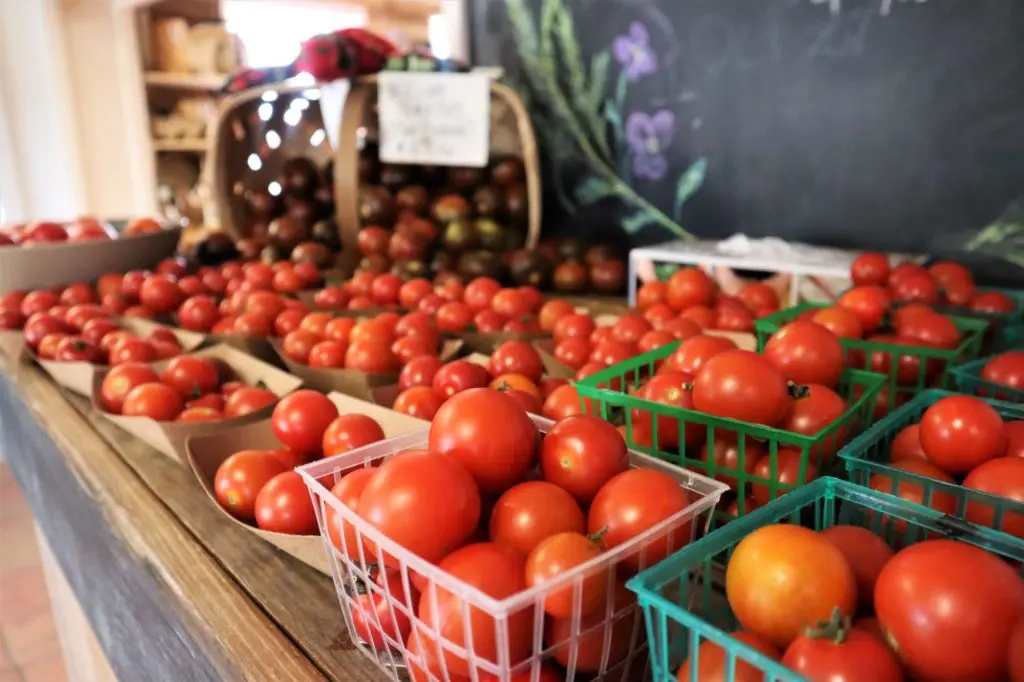
However, the warm, humid climate also creates a perfect environment for pests that can wreak havoc on your plants. Since you’re growing these vegetables to eat, it’s essential to be extra careful about the products you use for pest control. Many conventional pesticides leave behind residues that can be harmful to both you and the beneficial insects that help maintain a healthy garden. Fortunately, there are safe, non-toxic ways to manage common veggie pests while keeping your harvest fresh and chemical-free.
This guide will help you identify common pests, understand which plants they target, and explore natural solutions to keep them under control.
1. Aphids
How to Identify: Aphids are tiny, soft-bodied insects that come in shades of green, black, brown, or even pink. They gather in large groups, especially on the undersides of leaves and new plant growth.
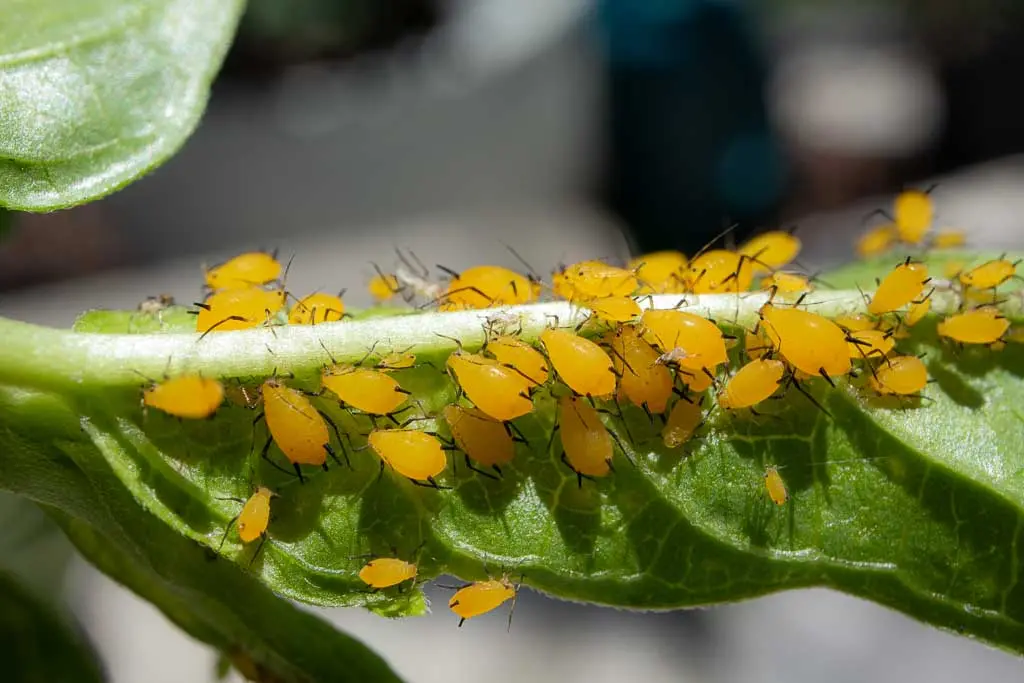
A heavy aphid infestation can cause curled, yellowing leaves and a sticky residue known as honeydew, which attracts ants and can lead to sooty mold.
What They Attack: Aphids love a wide range of vegetables, including tomatoes, peppers, lettuce, kale, beans, and cabbage.
Natural Solutions:
Blast them off with water – A strong stream from a hose can dislodge them.
Introduce beneficial insects – Ladybugs and lacewings feed on aphids and help keep populations down.
Use horticultural oil or insecticidal soap – These plant-safe sprays suffocate aphids while sparing beneficial insects. Just make sure you hit the pests directly with the oil for best results.
Companion planting – Growing basil, dill, or marigolds near susceptible crops can deter aphids naturally.
2. Tomato Hornworms
How to Identify: These large, bright green caterpillars can be difficult to spot because they blend in with foliage. They have white diagonal stripes along their sides and a distinctive “horn” at their rear. They leave large bite marks on leaves and can strip an entire tomato plant in days.
What They Attack: Primarily tomatoes, but also peppers, eggplants, and potatoes.
Natural Solutions:
Hand-picking – Remove and relocate them (or feed them to backyard chickens if you have them).
Encourage parasitic wasps – Tiny wasps lay eggs on hornworms, reducing their population.
Companion planting – Dill, parsley, and marigolds attract beneficial insects that control hornworms.
3. Cabbage Loopers
How to Identify: These green caterpillars chew large, irregular holes in leaves and move in a looping motion when crawling.
What They Attack: They prefer cabbage, kale, broccoli, collards, and other leafy greens but can also affect peppers and tomatoes.
Natural Solutions:
Hand-picking – Remove caterpillars in the early morning when they are sluggish.
Bacillus thuringiensis (Bt) – A naturally occurring bacteria that targets caterpillars without harming other insects.
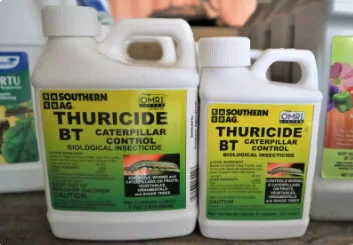
Use row covers – A physical barrier prevents Cabbage moths from laying eggs on your plants.
4. Whiteflies
How to Identify: These tiny, white-winged insects flutter into the air when disturbed and suck sap from plant leaves, causing yellowing and stunted growth. Affected plants may also have sticky honeydew residue.
What They Attack: They are common on tomatoes, peppers, squash, and leafy greens.
Natural Solutions:
Spray with insecticidal soap– Like oil sprays, soap is meant to suffocate. Be sure to use an insecticidal soap. Dish soap and water is not the same thing.
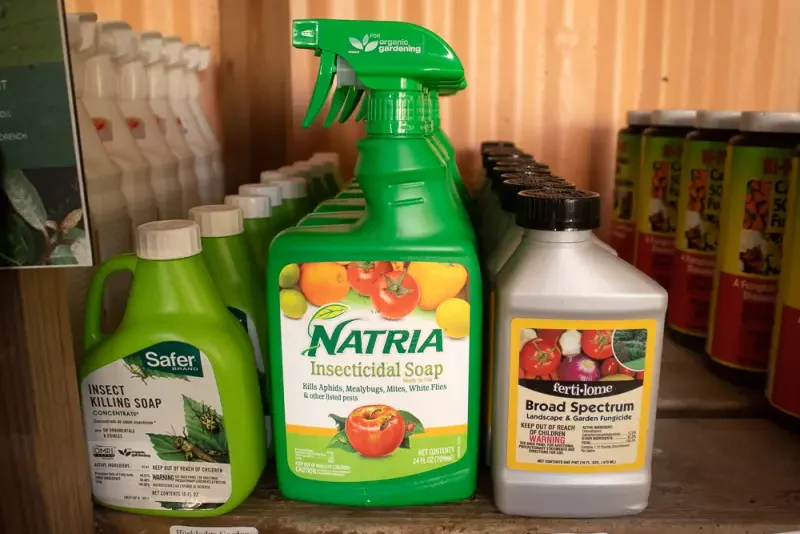
Use reflective mulch – Aluminum foil mulch deters whiteflies from landing.
Encourage natural predators – Ladybugs, lacewings, and parasitic wasps help control whiteflies. Purchasing natural predators is a great solution especially for those with backyard greenhouses. Less opportunity for your investment to take off!
5. Squash Bugs
How to Identify: Squash bugs are flat, brownish-black insects that pierce plant leaves and suck out juices, leading to wilting and plant death. Their eggs are small, copper-colored clusters found on the undersides of leaves.
What They Attack: They primarily target zucchini, pumpkins, cucumbers, and other squash plants.
Natural Solutions:
Remove eggs and hand-pick adults – Check under leaves and dispose of squash bugs early.
Trap them with mulch – Lay a board or newspaper overnight, then remove bugs in the morning.
Companion planting – Nasturtiums and radishes help deter squash bugs.
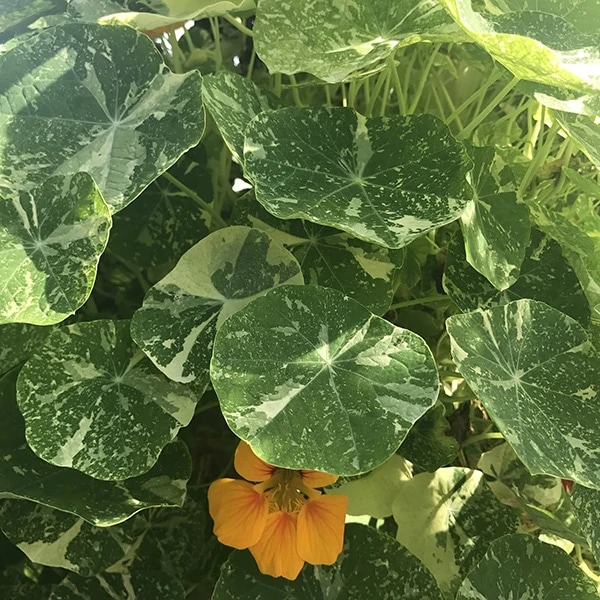
6. Spider Mites
How to Identify: Spider mites are almost invisible to the naked eye, but they cause yellow speckling and fine webbing on leaves. They thrive in hot, dry conditions.
What They Attack: They affect a wide variety of crops, including tomatoes, beans, peppers, and eggplants.
Natural Solutions:
Spray with water – A strong blast from a hose knocks them off.
Use Insecticidal Soap – These suffocate mites without harming plants.
Increase humidity – Regular misting or dense planting can deter mites.
7. Leaf Miners
How to Identify: These pests tunnel inside leaves, creating winding, white trails across foliage.
What They Attack: They target spinach, beets, chard, and other leafy greens.
Natural Solutions:
Remove affected leaves – Discard infested leaves to stop the spread.
Encourage parasitic wasps – These naturally control leaf miner populations.
Apply Neem oil – Recently published studies indicate Neem disrupts larval development inside leaves.
8. Thrips
How to Identify: Thrips are tiny, slender insects that can be difficult to spot. They cause silvery streaking, distorted leaves, and flower bud drop.
What They Attack: They commonly target onions, tomatoes, peppers, and beans.
Natural Solutions:
Use sticky traps – Blue sticky traps attract and capture thrips.
Encourage predatory insects – Minute pirate bugs and lacewings feed on thrips.
9. Mealybugs
How to Identify: Mealybugs are small, white, cottony-looking insects that cluster on stems and leaves, sucking sap and weakening plants. Like aphids, they secrete honeydew, which can lead to sooty mold.
What They Attack: They commonly infest peppers, tomatoes, eggplants, and leafy greens.
Natural Solutions:
Remove by hand – Wipe them off with a damp cloth or a cotton swab dipped in alcohol.
Encourage beneficial insects – Ladybugs and lacewings feed on mealybugs.
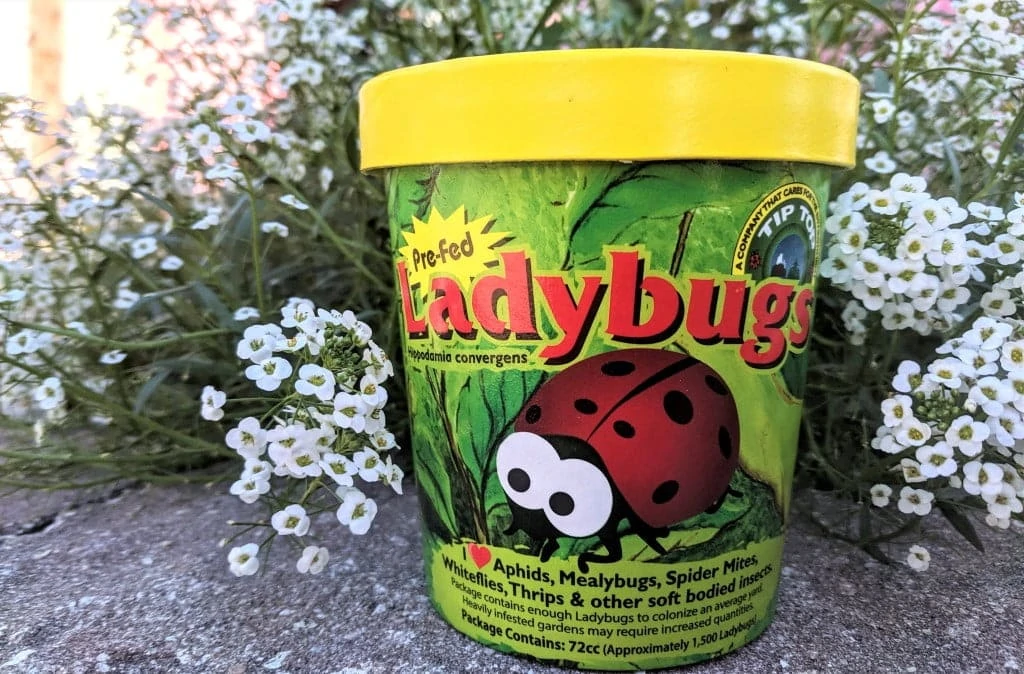
10. Scale Insects
How to Identify: Scale insects appear as small, brown or tan bumps on plant stems and leaves. They attach themselves to plants and suck out sap, causing yellowing and weakened growth.
What They Attack: They affect a variety of vegetables, including peppers, tomatoes, and cucumbers.
Natural Solutions:
Scrape off with a soft brush – Manually removing them can be effective.
Apply horticultural oil – These smother and kill scale insects.
Encourage predatory insects – Ladybugs and parasitic wasps feed on scale.
Keeping Your Vegetables Safe & Healthy
Because you plan to eat these vegetables, it’s important to use non-toxic, natural solutions to keep pests away while ensuring your food is safe. Chemical-free approaches like companion planting, beneficial insects, soaps, oil, and simple hand-picking methods can effectively control pests without leaving harmful residues on your food.
While pests are a natural part of gardening, a balanced ecosystem can help keep them under control. Encouraging beneficial insects, maintaining healthy soil, and practicing crop rotation can make your garden more resilient over time. By staying observant and using gentle, natural pest control methods, you can protect your plants while also supporting pollinators and other helpful creatures in your garden.


